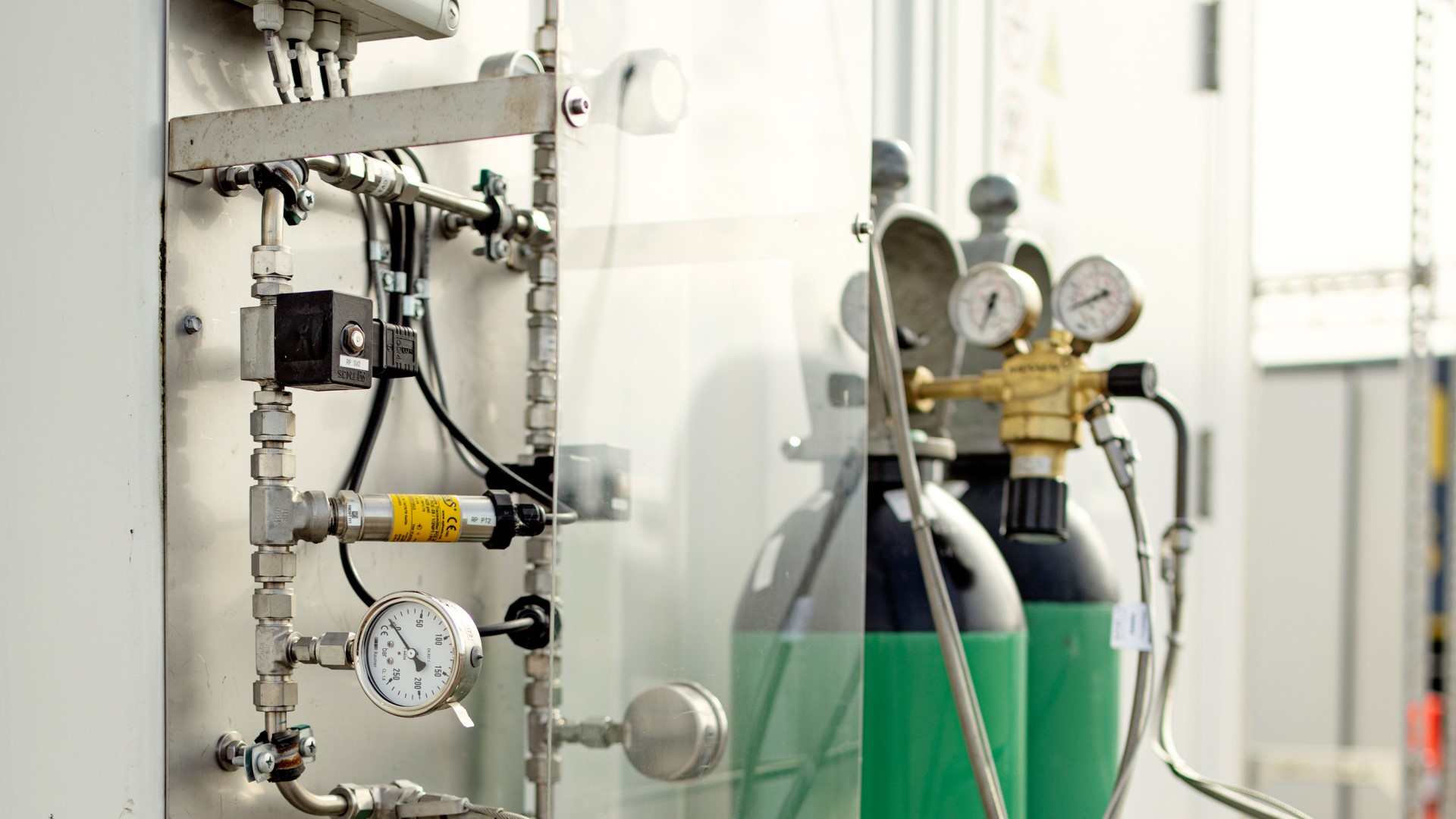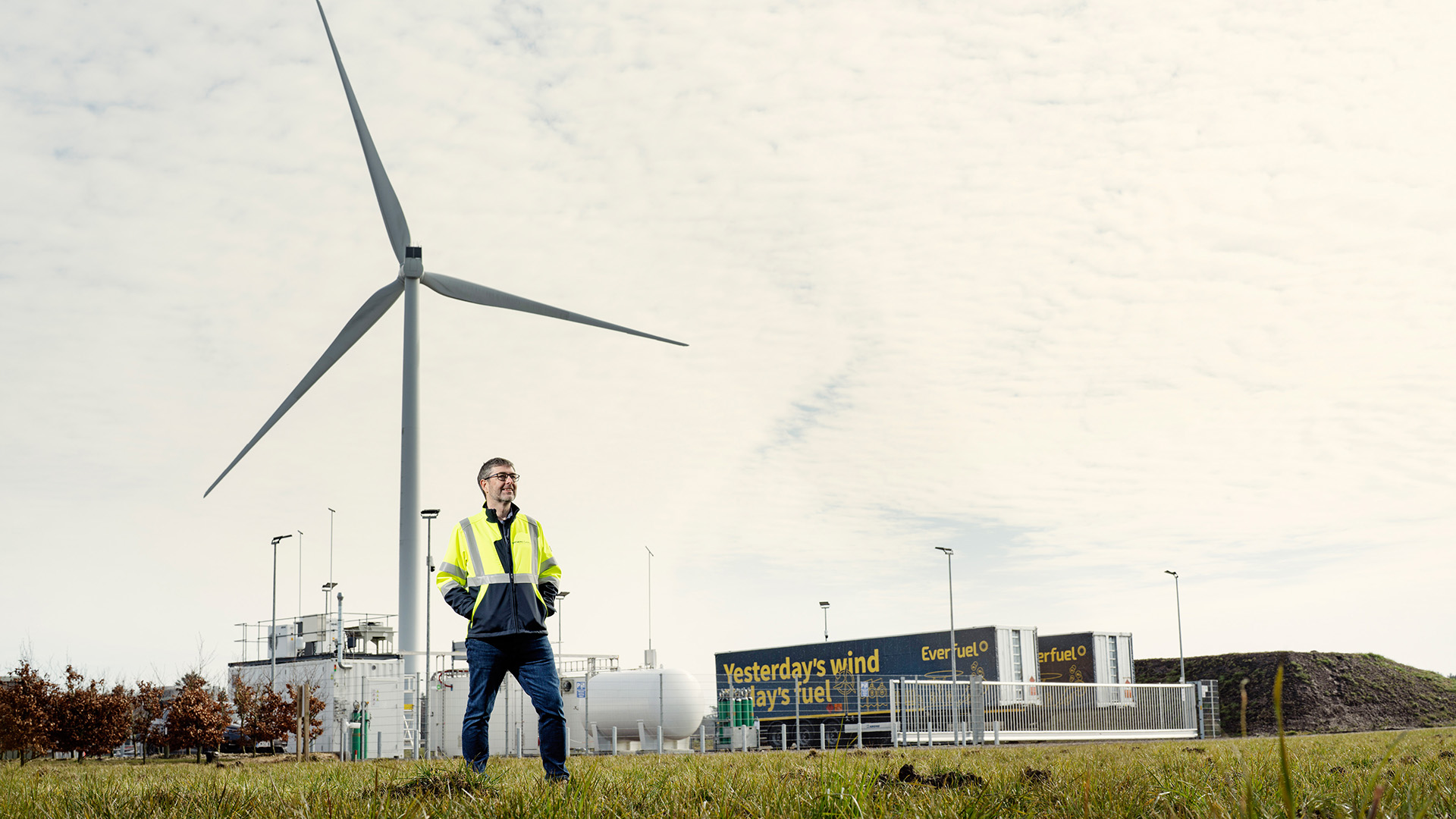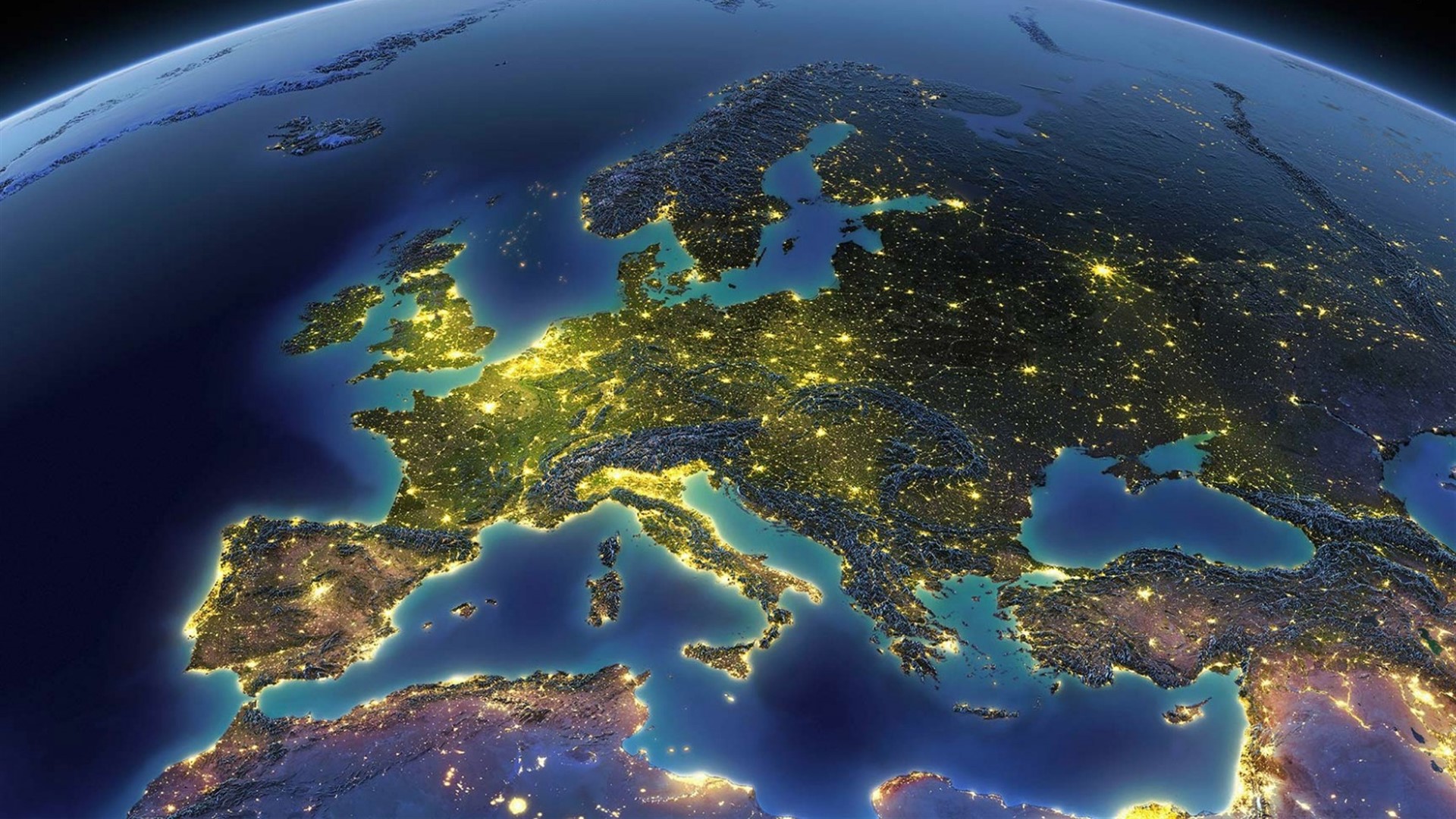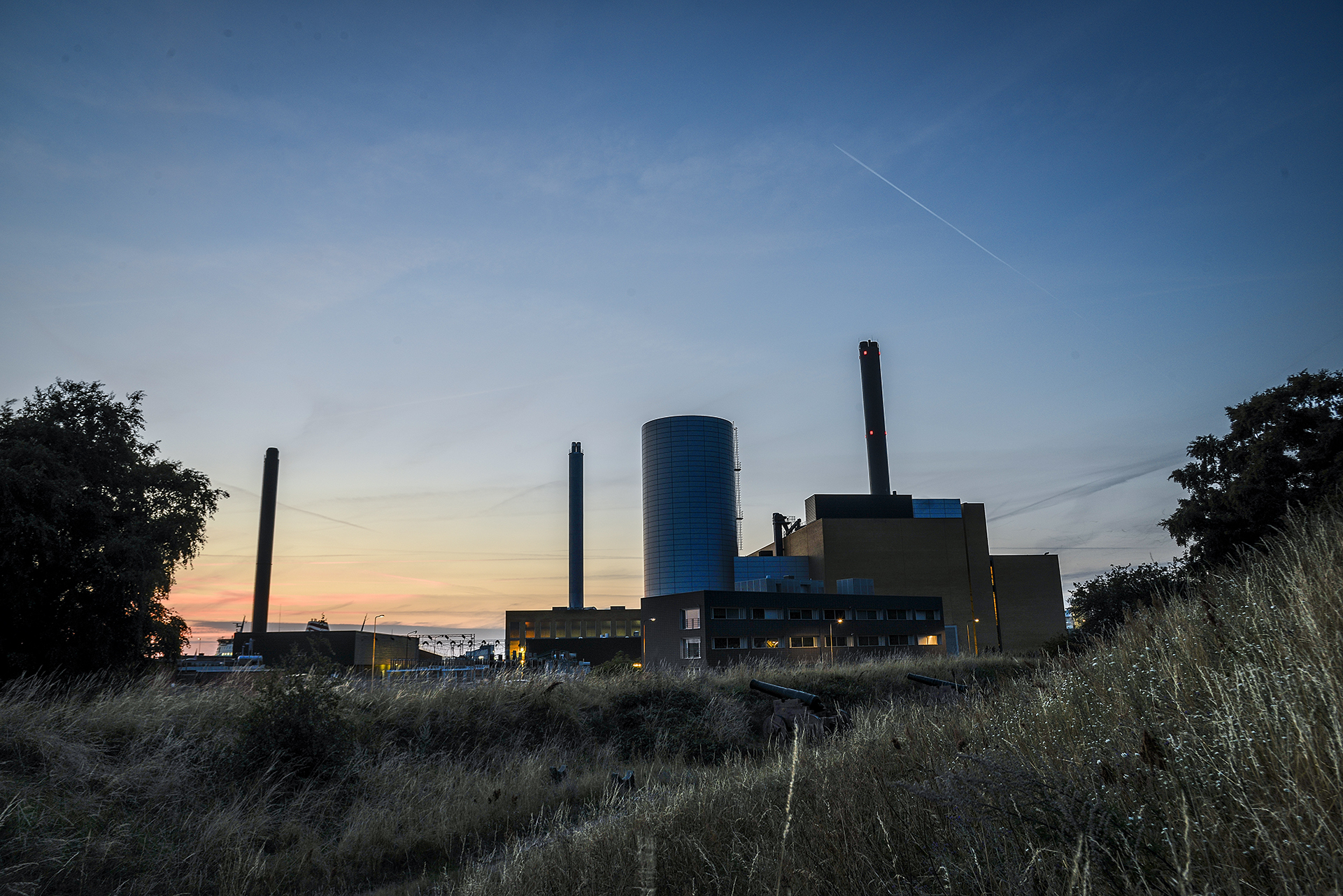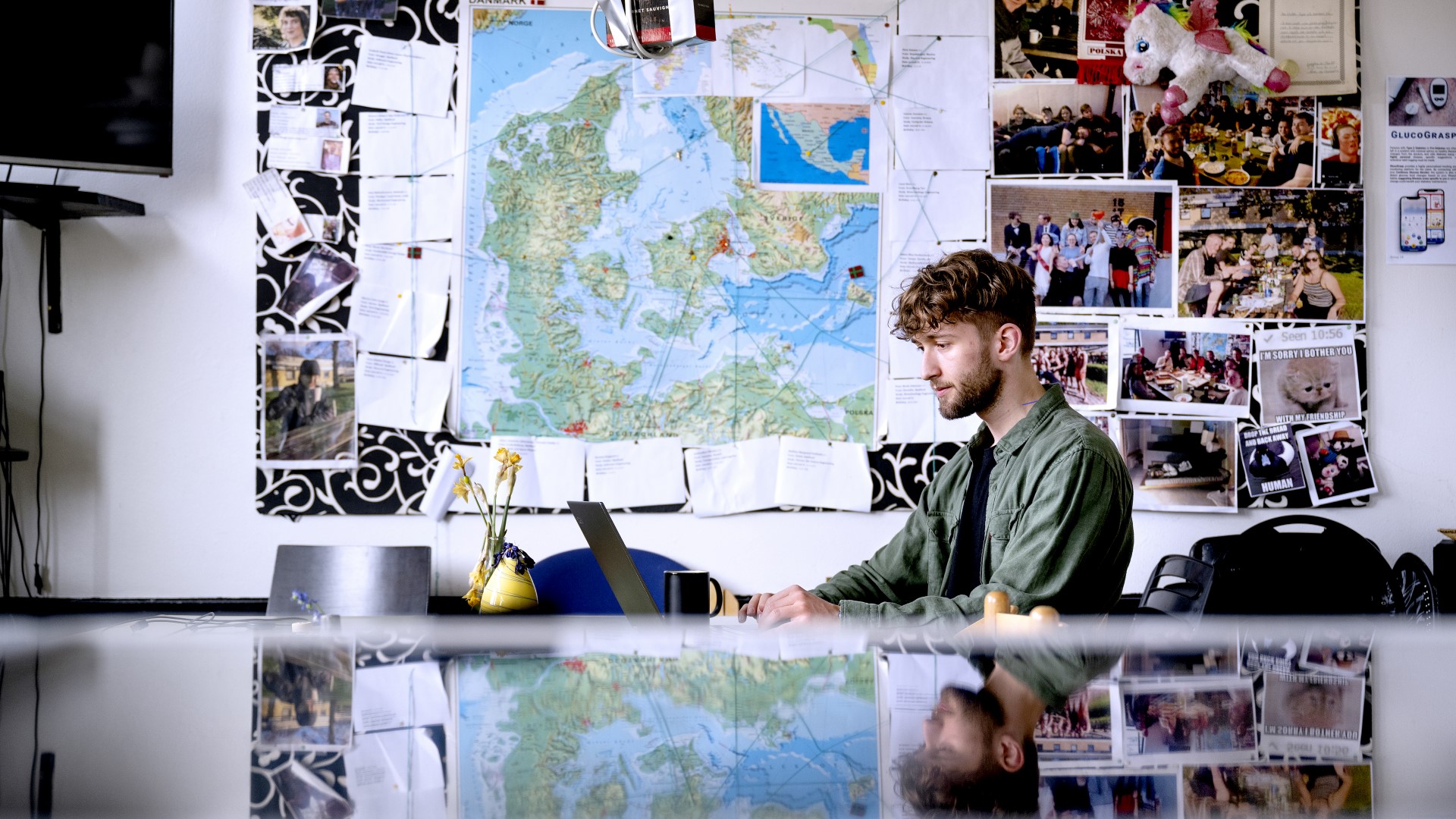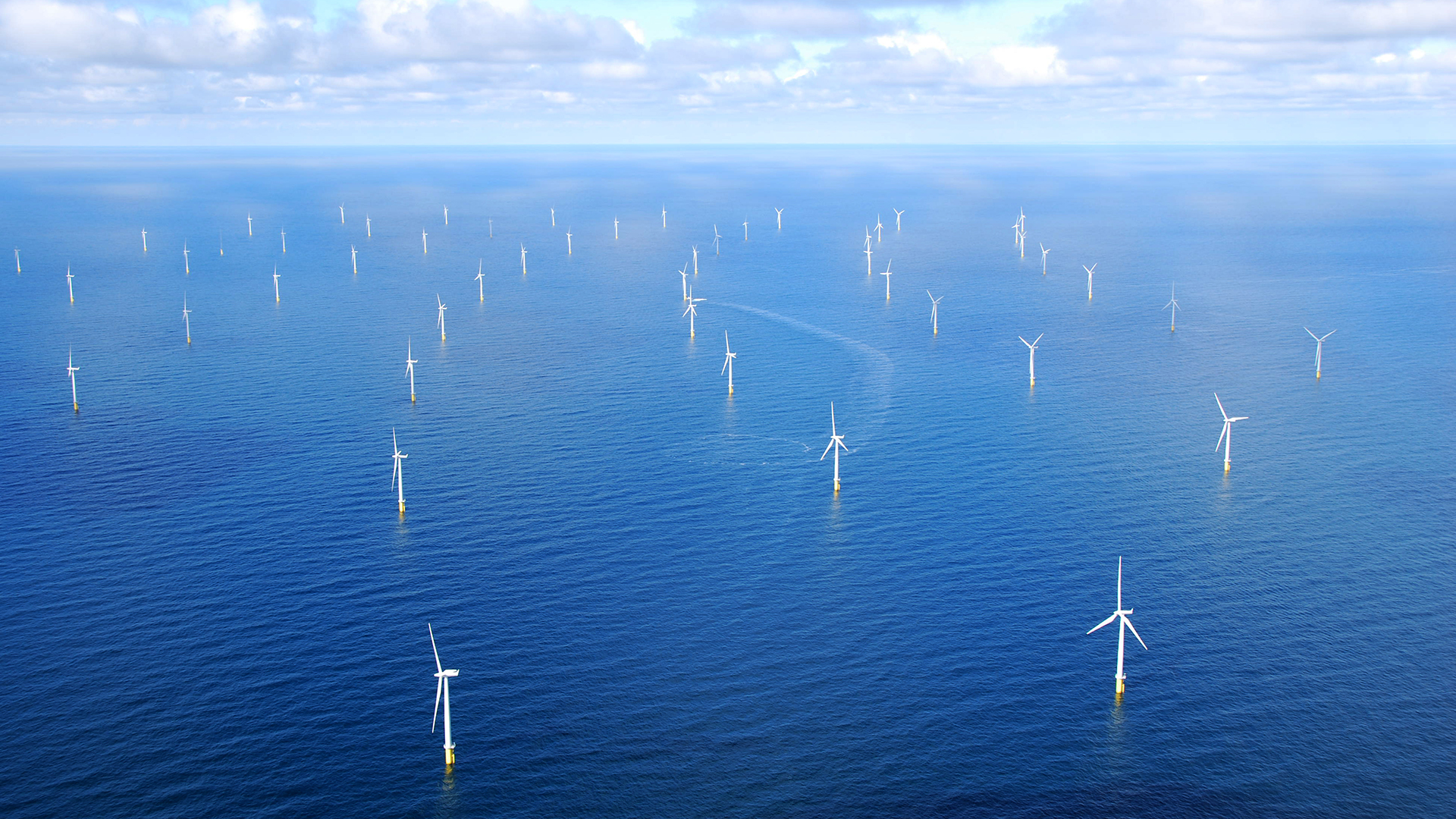Giant offshore wind farms near the energy islands will soon supply not only power but also green fuels.
Text: Sari Vegendal
On Fløvej, just outside Brande, an almost 150-metre-tall Danish landmark towers above an otherwise flat grassy field—the wind turbine. For decades, it has had a fixed place in the Danish landscape and reminded us of what a small nation with a strong knowledge focus can achieve when driven by a great vision.
With a vision for a green transition and the Danish Prime Minister’s dream of green air travel, there is again good reason to keep an eye on Danish wind technology—and the wind turbine at Fløvej in particular. It has just been connected to an electrolysis plant, also called a Power-to-X plant, which can produce hydrogen using electricity from the turbine.
Together, the two technologies represent the world’s first mini-version of the kind of offshore hydrogen facilities to be established around Denmark's first two energy islands.
The plan is that in addition to providing green power for millions of households, the giant offshore wind farms around the islands will supply Denmark’s aircraft, buses, trucks, and cars with green fuel by being coupled to electrolysis plants.
“It’s going to be huge,” says Finn Daugaard Madsen, who is Innovation Manager at Siemens Gamesa and one of the people behind the hydrogen facility in Brande. In November last year, he was pleased to see the first shipment of green hydrogen from Brande end up as fuel at partner Everfuel’s filling stations in Copenhagen.
He expects the first hydrogen to be produced in electrolysis plants on the energy islands in less than 10 years, while in 10-15 years production will take place directly in the wind turbines.

